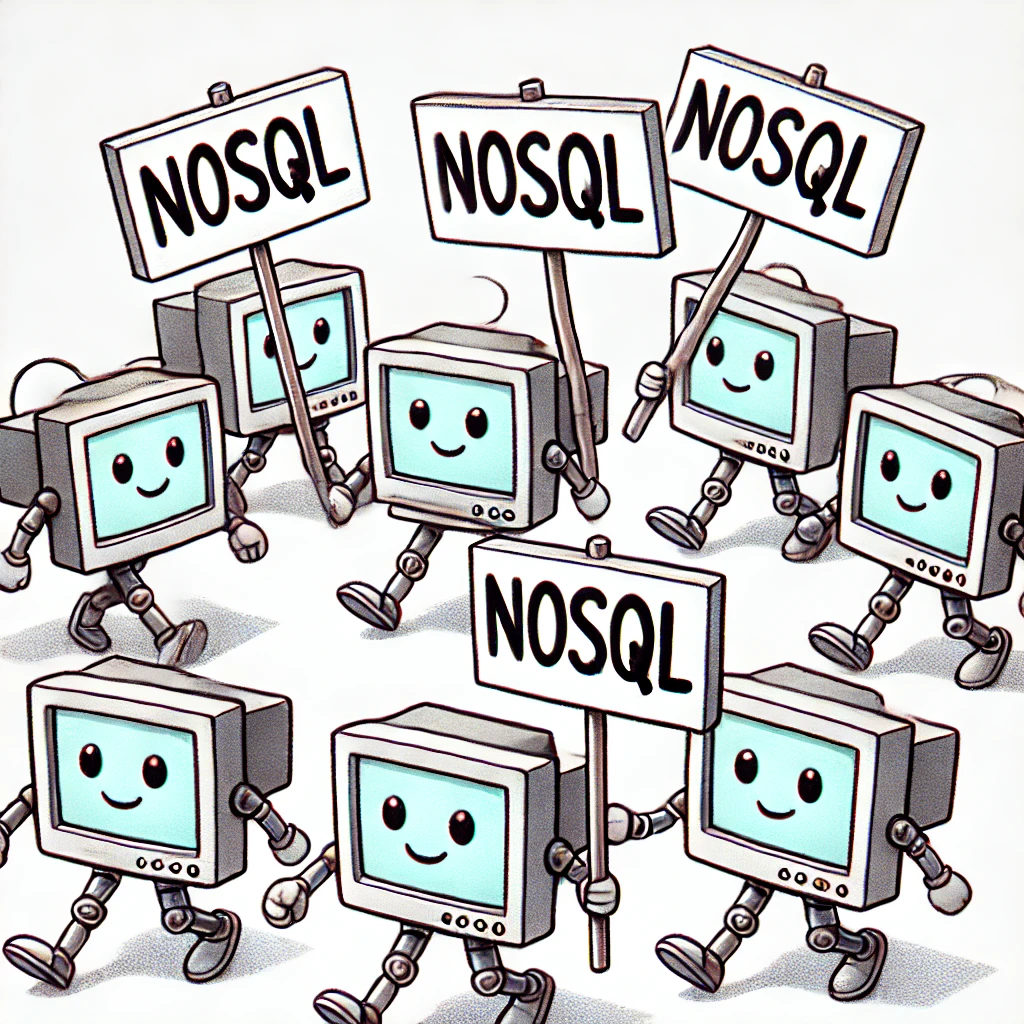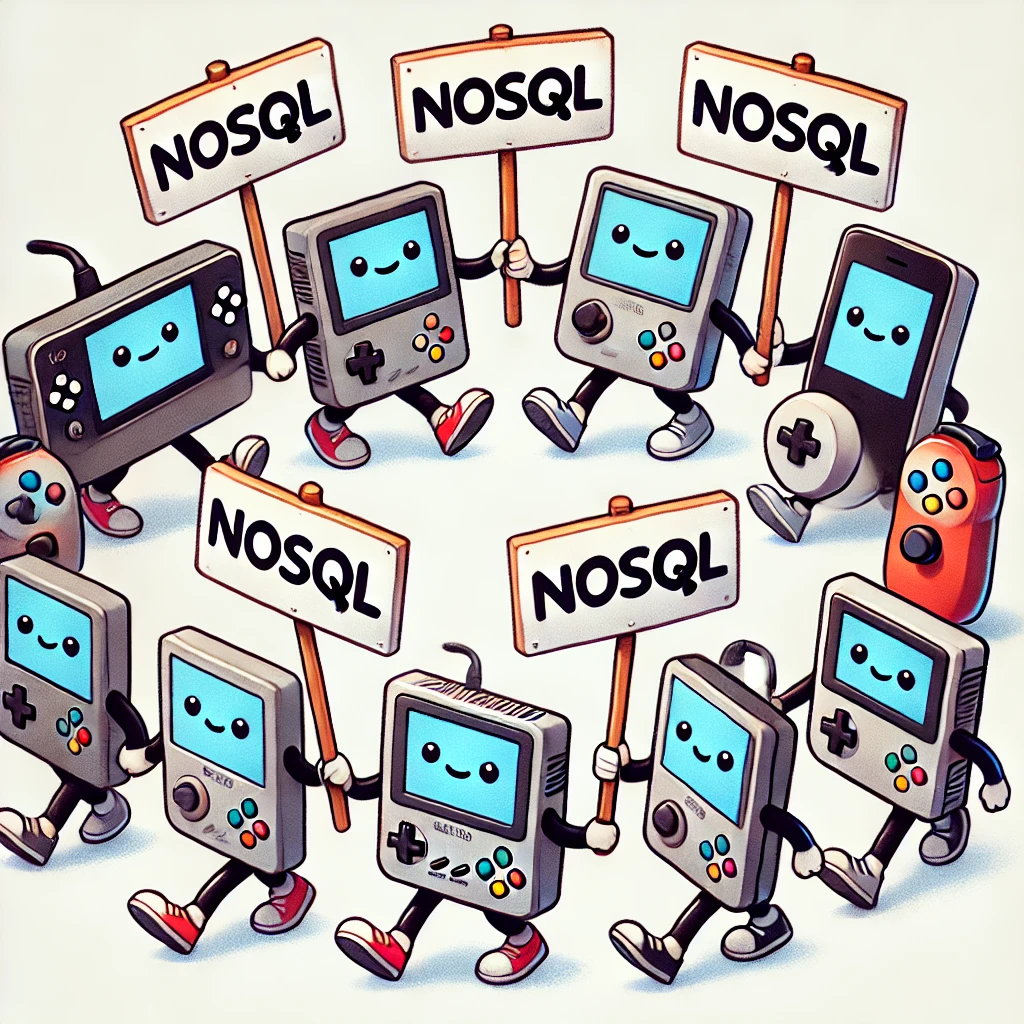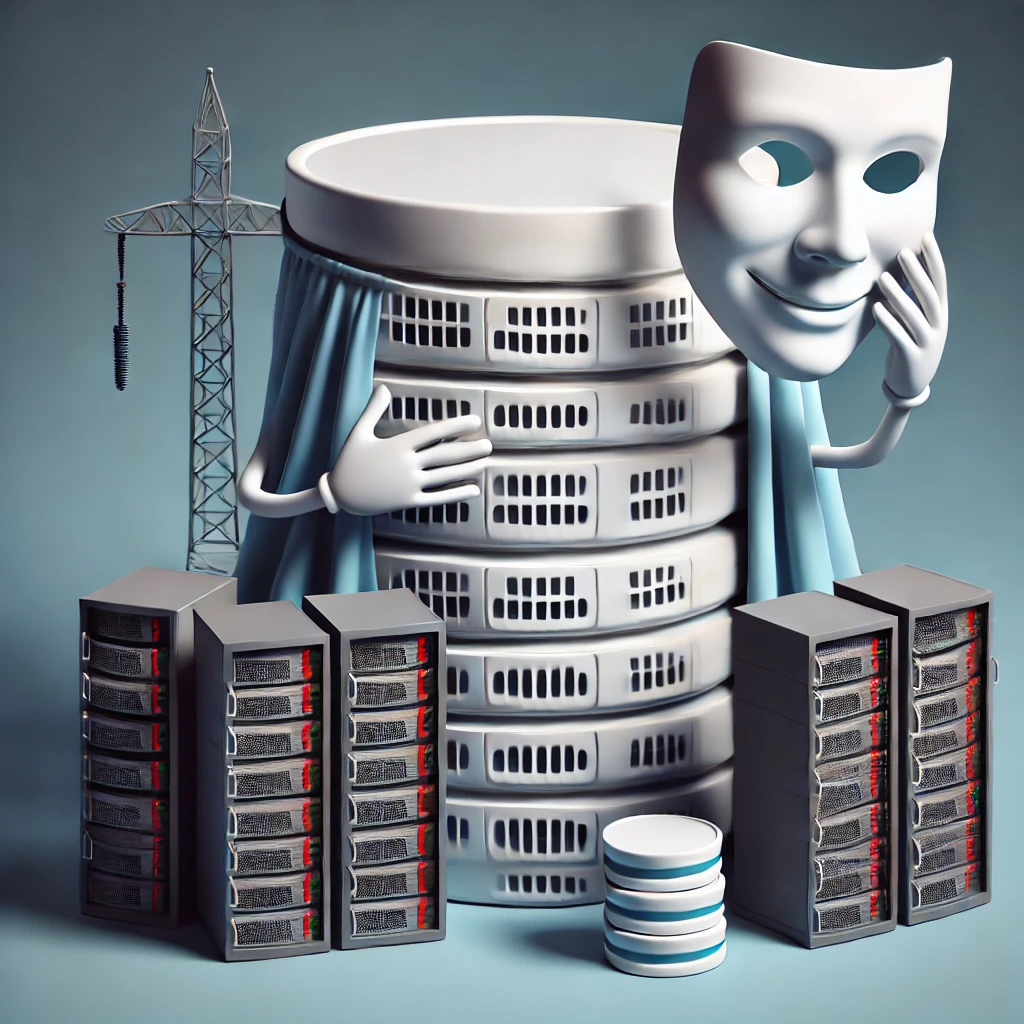Reading time: 8 minutes.
When most people think about databases, their minds probably gravitate toward traditional SQL-based systems. After all, for decades, Structured Query Language (SQL) was the gold standard for database management, providing a structured, table-based method to store and retrieve data. But as our world becomes more data-driven and the volume, variety, and velocity of data increase, NoSQL databases have surged in popularity. I’ve found them fascinating, and I want to dive into why they’ve become so indispensable for modern applications.

What is a NoSQL Database?
Before we dive into the use cases, let’s get the basics down. NoSQL databases are a category of databases that don’t rely on the tabular structure used by relational databases. The term “NoSQL” can be a bit misleading, though; it’s not that these databases can’t use SQL queries at all (some do support it in one form or another), but they were designed to go beyond SQL’s relational structure.
Instead of using rows and columns, NoSQL databases are designed to handle unstructured or semi-structured data, such as documents, graphs, and key-value pairs. They’re particularly good at scaling horizontally, meaning they can handle massive amounts of data and users by distributing the load across multiple servers rather than beefing up a single machine.
Now, let’s explore the exciting world of NoSQL databases by diving into their key use cases.
1. Handling Massive, Unstructured Data
One of the first things that drew me to NoSQL databases was their sheer ability to handle enormous volumes of data—specifically, unstructured data. When you think of traditional SQL databases, they shine when data can be neatly arranged into rows and columns. But what happens when data is coming in varied forms, like JSON documents, multimedia files, or social media posts? This is where NoSQL databases come into their own.
Take document-based databases like MongoDB, for example. These databases store data in a flexible, JSON-like format (called BSON in MongoDB). Instead of rigidly defining a schema upfront, you can simply throw in documents of varying structures. This makes it ideal for handling massive amounts of unstructured data such as:
- Social media posts: Think about Facebook, Twitter, or Instagram. They need to store an incredible variety of content—posts, comments, images, videos, likes, shares, and the relationships between them. Trying to store all of that in a rigid relational database would be a nightmare, but NoSQL databases thrive here because they don’t force the data into predefined columns and rows.
- Logs and telemetry data: Applications and devices today generate vast streams of log and telemetry data. Storing and querying this data is crucial for monitoring, analytics, and troubleshooting. The unpredictable nature of these logs (some are verbose, others are concise) makes document databases a good fit. They can store complex log entries as nested JSON documents without imposing a rigid structure.
2. Real-Time Big Data and Analytics
The explosion of data from web applications, IoT devices, and other sources means companies are increasingly looking to analyze this data in real time. In my experience, traditional relational databases struggle under the sheer volume and speed of this data, but NoSQL systems have an edge here.
Take Cassandra, a column-family NoSQL database that can handle vast amounts of time-series data in real-time. It’s perfect for scenarios where you need to ingest a massive amount of data at high velocity. The key use cases here include:
- IoT applications: Imagine managing sensor data from thousands (or even millions) of connected devices, all feeding data in real-time. Whether it’s smart thermostats, industrial equipment, or autonomous vehicles, NoSQL databases can process this firehose of information quickly. Cassandra, for instance, is often used in industrial IoT applications for real-time monitoring and predictive maintenance.
- Real-time analytics: Think of companies that provide instant insights, like stock market analytics or fraud detection. These systems need to ingest and analyze a continuous stream of data in real time. Because NoSQL databases are designed to scale horizontally and efficiently handle massive write loads, they’re great for handling these scenarios.
3. Content Management and Personalization
For businesses with a digital presence, delivering personalized content to users is a significant differentiator. Relational databases can struggle with personalization at scale, especially when the data involved is highly diverse and constantly changing. NoSQL databases, by contrast, excel at these tasks.
- Content management systems (CMS): Websites like Medium or even e-commerce platforms like Amazon need to serve content to users dynamically. Different users see different content based on their browsing history, preferences, and behavior. A document-based database like MongoDB allows these platforms to store highly customizable content profiles, recommendations, and preferences for millions of users.
- Recommendation engines: Whether it’s Netflix recommending a movie, Spotify suggesting new music, or Amazon proposing new products, all of these systems are powered by vast amounts of user data that is analyzed and used to generate recommendations. NoSQL databases, especially those built to handle graphs, are excellent at handling these complex relationships between users, items, and behaviors.
In this case, Neo4j, a graph-based NoSQL database, is particularly powerful. Unlike traditional databases that use joins to connect tables, Neo4j uses nodes and relationships, making it an ideal solution for systems that need to analyze and generate recommendations based on highly interconnected data.
4. E-Commerce and Shopping Carts
If you’ve ever worked on an e-commerce platform, you’ll know that handling shopping carts can be a challenging task. The tricky part is that a user’s shopping cart is often a mixture of structured and unstructured data. Products, quantities, options, and more need to be stored, and this information is constantly being updated as users add or remove items from their carts.
- Flexible schema: Shopping cart data can vary widely between users. NoSQL databases like MongoDB are fantastic at handling this because of their flexible, document-based structure. Each shopping cart can be stored as a unique document with different properties, without having to worry about restructuring a rigid schema every time a new product feature or option is added.
- High availability: E-commerce sites also need to be highly available, especially during peak shopping times like Black Friday or Cyber Monday. NoSQL databases like Cassandra, which is used by eBay, can distribute data across multiple servers, ensuring that even if some servers go down, the system as a whole continues to function.
5. High Scalability and Availability for Web Apps
This brings me to one of the most compelling use cases for NoSQL databases: web applications that require high availability and the ability to scale dynamically. Modern web apps are expected to handle millions of concurrent users with near-instant response times. For these kinds of systems, traditional SQL databases can become bottlenecks because they often require vertical scaling—beefing up a single machine to handle more load.
- Horizontal scaling: NoSQL databases are designed to scale horizontally. This means that instead of upgrading a single server with more processing power or storage, you can simply add more servers to your database cluster. This makes NoSQL systems much more scalable for large-scale web applications.
- Global distribution: Many NoSQL databases, like Amazon DynamoDB, offer built-in support for global distribution, allowing applications to provide fast, local data access to users all over the world. This is particularly useful for globally distributed applications, where latency can be a major issue. Think of platforms like Netflix, which must serve content to users across continents without delay.
6. Gaming Applications
Online gaming presents its own unique set of challenges, particularly when it comes to managing player data. This includes tracking player progress, managing in-game assets, and enabling real-time multiplayer interactions.
- Real-time data: Games, especially multiplayer ones, need to process a ton of data in real-time, including player movements, actions, and interactions. NoSQL databases like Redis, which is a key-value store, are fantastic for handling this because they can process data incredibly quickly, making sure there’s no noticeable lag in gameplay.
- User sessions: In a game, players often have user profiles that include data like their achievements, inventory, and progress. This data changes constantly and needs to be stored efficiently. A document database like Couchbase can store this unstructured data easily and quickly, without requiring complex joins or predefined schemas.

7. Mobile Applications
Mobile applications, like their web counterparts, demand fast, reliable, and scalable databases to ensure a seamless user experience. NoSQL databases have become the go-to solution for many mobile app developers, especially for apps that need to support millions of users and rapidly changing data.
- Offline-first applications: Some mobile apps, especially in areas with limited internet access, need to function offline. NoSQL databases like Couchbase provide built-in synchronization features that allow users to continue using the app offline and then sync the data when they’re back online. This is critical for apps like note-taking tools, mobile CRM systems, or even messaging apps.
- Fast reads and writes: Mobile users expect apps to be highly responsive. NoSQL databases, especially key-value stores like Redis, offer lightning-fast read and write times, which is essential for apps that rely on real-time interactions, such as social media apps, messaging apps, or live-streaming services.
8. Blockchain and Decentralized Systems
While blockchain technology is a whole topic in itself, one interesting use case for NoSQL databases is in supporting decentralized systems. Blockchain systems require vast amounts of data storage, and many decentralized apps (dApps) built on blockchain platforms need a database system that can handle dynamic, fast-growing data.
- Distributed storage: Many NoSQL databases are built with distributed architectures in mind, which aligns well with the principles of decentralized systems. Databases like **
BigchainDB**, which is built on NoSQL principles, offer blockchain-style immutability while benefiting from the scalability and flexibility of NoSQL architectures.
Wrapping Up
As I’ve learned throughout my exploration of NoSQL databases, their real strength lies in their flexibility and scalability. They aren’t a silver bullet for every problem—there are still plenty of cases where a traditional SQL database is the better choice—but they’ve become indispensable for modern applications that need to manage huge amounts of varied and dynamic data.
From real-time analytics and IoT to gaming and e-commerce, NoSQL databases offer solutions to some of the most challenging problems in the data world. Whether you’re building a global app or managing sensor data, understanding the different types of NoSQL databases and their strengths will give you a massive advantage in creating systems that are scalable, flexible, and future-proof.





